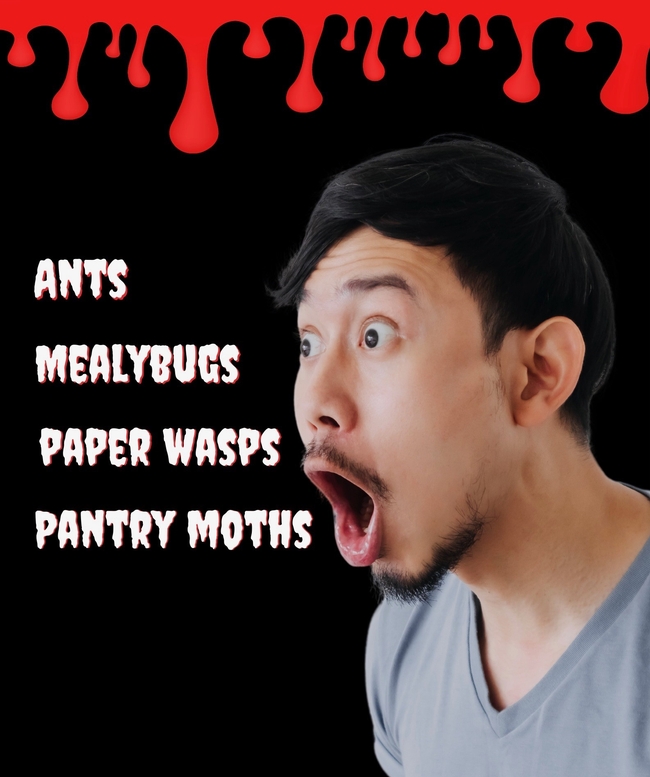The past few weeks have been “fun” with pest challenges in our garden and home. In the kitchen we battled ant infestations and pantry moths. In the yard the milkweed plants have been covered with oleander aphids, the California lilac (Ceanothus) was attacked by mealybugs accompanied by ants, and paper wasps (Polistes) have been trying to build a nest on the front porch.
How to tackle each of these issues? UC IPM (University of California Integrated Pest Management) Pest Notes and Quick Tips is my go-to for all these issues.
Inside the House:
Pantry Moths
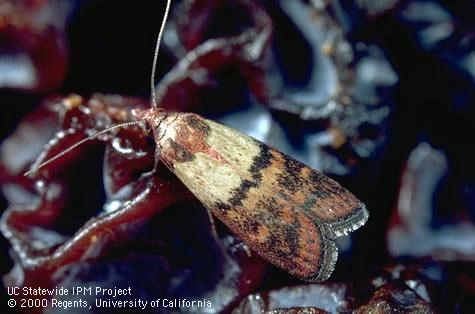
Ants
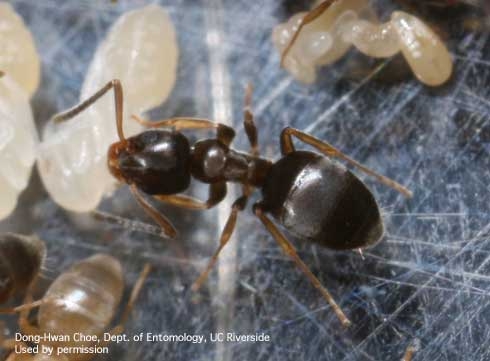
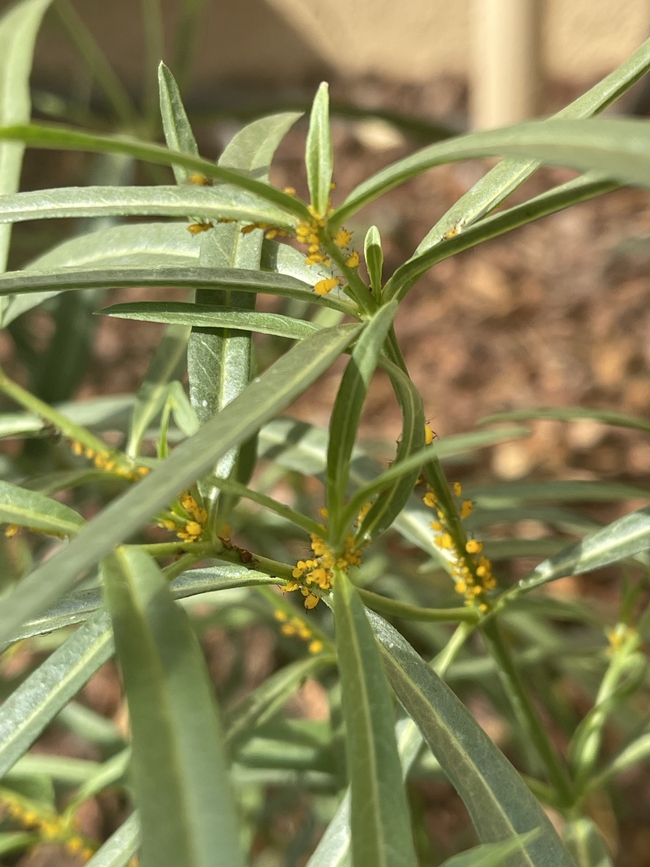
In the garden:
Milkweed and oleander aphids (Aphis nerii)
I hoped I had escaped getting the detested orange oleander aphids this year, since in recent years they usually showed up earlier in the summer, but ultimately, they appeared. Most established plants can tolerate some aphids, but all aphids produce honeydew, which can attract ants and sooty mold. Since milkweed is the sole food source for the Monarch butterfly caterpillar, pesticides are not recommended. Thus, using strong sprays of water every couple of days helps manage them. Based on previous experience, I know they will reach the end of their life and ultimately disappear. https://ipm.ucanr.edu/QT/aphidscard.html
Mealybugs (Pseudococcidae)
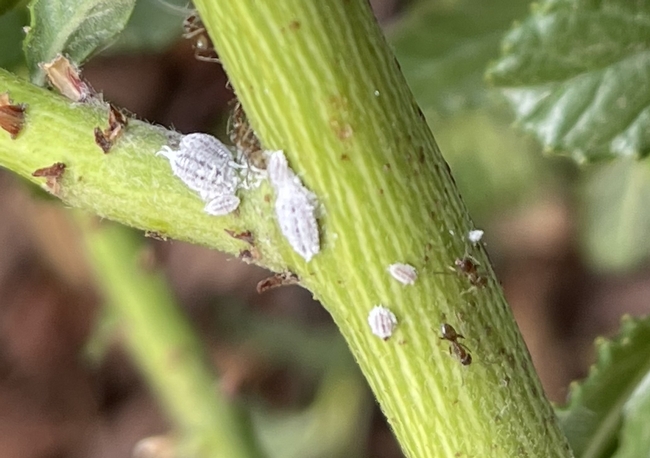
Paper wasps (Polistes gallicus)
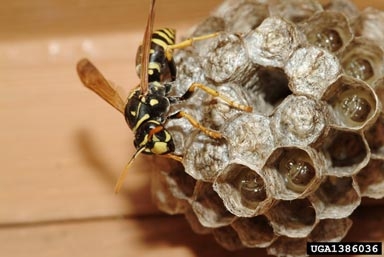
Thanks to UC IPM, which provides information on garden issues and pests, along with giving scientifically researched options on how to deal with them, I have managed to either control or eliminate these pesky pests.
UC IPM Resources:
The above links are to Quick Tips, short, to-the-point cards on each topic. They are available for free at local UC Cooperative Extension offices. The references below are for Pest Notes, which may have multiple pages and offer more detailed information about each topic.
Ants: https://ipm.ucanr.edu/PMG/PESTNOTES/pn7411.html
Pantry Pests: https://ipm.ucanr.edu/PMG/PESTNOTES/pn7452.html
Aphids: https://ipm.ucanr.edu/PMG/PESTNOTES/pn7404.html; https://ipm.ucanr.edu/PMG/PESTNOTES/pn7410.html
Mealybugs: https://ipm.ucanr.edu/PMG/PESTNOTES/pn74174.html
Wasps: https://ipm.ucanr.edu/PMG/PESTNOTES/pn7450.html
Denise Godbout-Avant has been a UC Cooperative Extension Master Gardener with Stanislaus County since 2020.
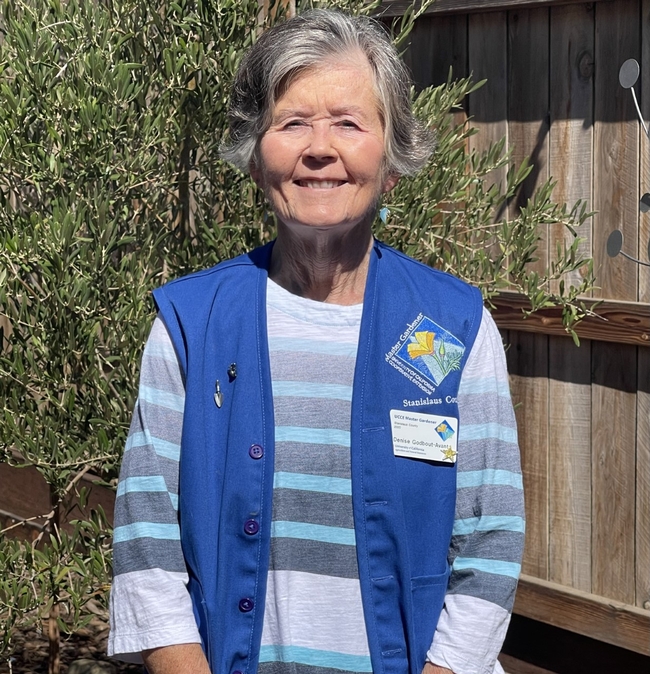
- Author: Heidi Aufdermaur
About 75% of all flowering plants rely on animal pollinators. Most pollinators (about 200,000 species) are beneficial insects such as honey bees, native bees, butterflies, moths, flies and beetles. As the saying goes, if you build it, they will come. So what are some ways in which gardens can be made more attractive for the pollinators of all kinds?
First, know the pollinators. Everyone knows the European honey bee, which was imported 400 years ago and brought to California around 1850. But did you know there are over 4,000 species of native bees in the United States, of which 1600 are found in California?
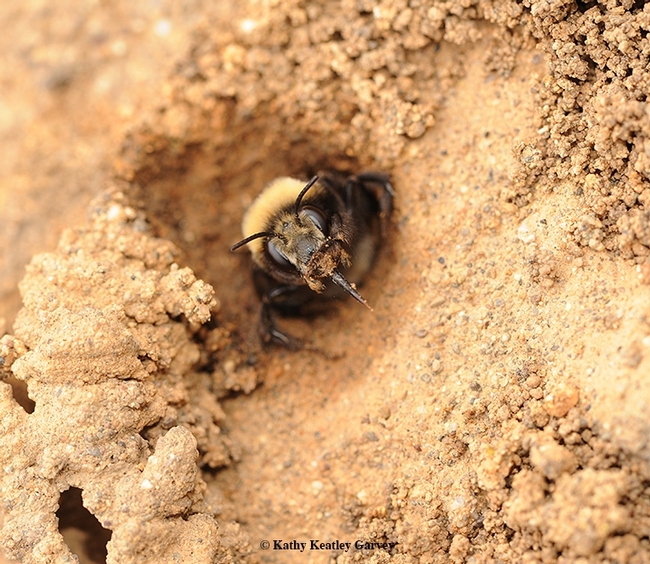
Approximately 70% of native bees are solitary ground nesters, while 30% are cavity nesters. As well as providing pollinator-friendly plants to your yard, help ground nesting bees make their homes in your garden, by leaving a sunny area mulch-free. For cavity nesting bees, provide artificial nest sites, which are easy to construct or purchase from commercial outlets.
Hummingbirds, with their long beaks and tongues draw nectar from tubular flowers. Pollen is carried on both the beaks and feathers. To attract these fun loving birds to your garden, be sure to include bright colored tubular flowers in your landscape.
Butterflies are eye-catching, as are the flowers that attract them. Not only are specific flowers important, but also providing open areas such as bare earth and large stones where butterflies may bask and moist soil from which they may get needed minerals. To support butterflies, a gardener may also be willing to accept slight damage to host plants that provide food for the larval stage of the butterfly.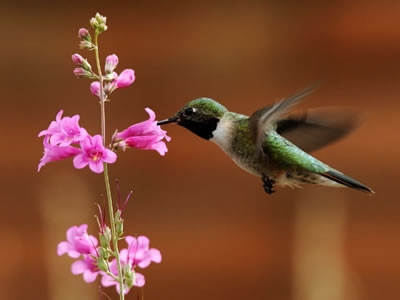
Moths are mostly evening fliers attracted to flowers that are strongly sweet smelling, open in late afternoon or night, and are typically white or pale in color. Moths are easy to differentiate from butterflies if you look at their antennae; moths do not have a swelling at the end of their antennae whereas butterflies do.
Bats are nocturnal pollinators that play an important role in the pollination of agaves and cacti in the Southwest, however not necessarily in our specific region. Bats are usually found visiting light-colored flowers that open at night and often produce copious amounts of pollen and nectar.
Flies are not typically thought of as pollinators, however, many masquerade as bees in the garden. Syrphid flies, also called hover flies, are considered to be very important pollinators in agriculture.
Over 30,000 species of beetles are found in the United States, they may not be efficient pollinators but they do play a role as they visit flowers to sip nectar or feed on the flower parts. This activity may result in pollination. Some have a bad reputation because they damaging plants.
If you haven't seen it yet, please watch our YouTube video, Native Pollinators, to learn about different kinds of bees you may find in your garden.
National Pollinator Week is a campaign by the Pollinator Partnership.
Helpful Resources
How to Attract and Maintain Pollinators in Your Garden. Free ANR Publication 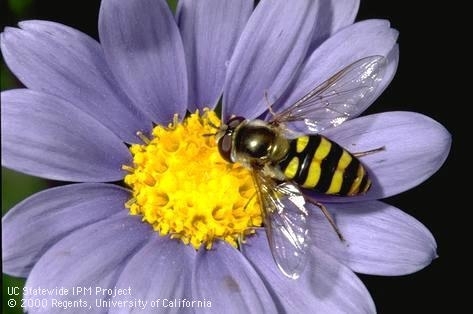
Build Bee Houses. Free publication from Michigan State University.
US Forest Service: Pollinators
Heidi Aufdermaur is a graduate of the 2019 Class of Master Gardeners in Stanislaus County.
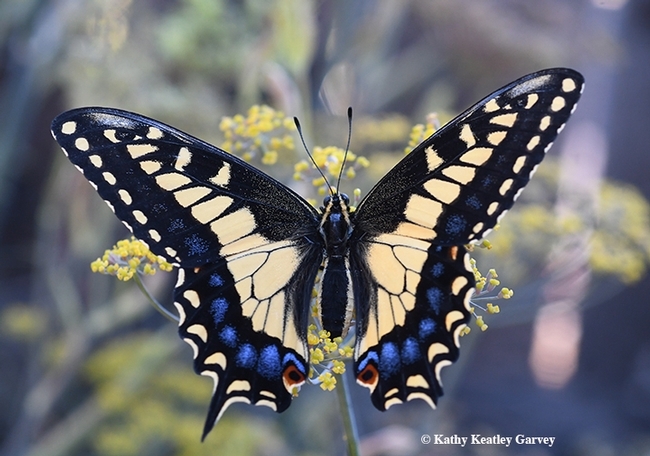
- Author: Anne E Schellman
You may have heard a lot of “buzz” about pollinators lately. Declining pollinator numbers have caused concern among gardeners in California, prompting them to ask the UCCE Master Gardener program how it can help. But instead of us just telling you about pollinators, let's test your knowledge about them with a fun quiz!
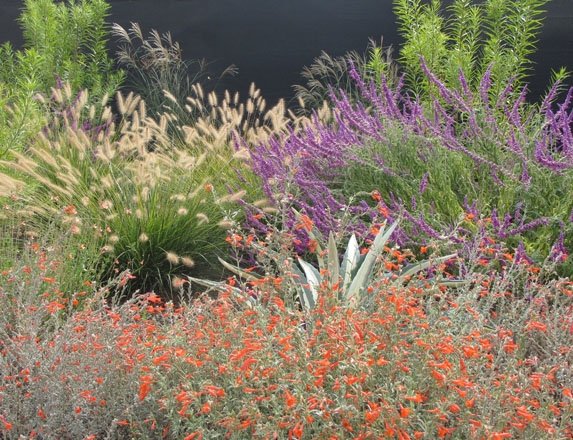
Question #1: What is pollination?
Question #2: Which of the following are pollinators?
- (European) Honey bees
- Flies
- Wasps
- Butterflies
- Moths
- Hummingbirds
- Dragonflies
- Rats
- Native bees
- Snakes
- Beetles
Question #3: What 3 important things do you need to provide in your garden to support pollinators?
Write down your answers and then read tomorrow's blog post to see how well you did! Our next post will feature the answers to help you plan a pollinator garden. Also, look for a free class from us this summer or fall on pollinators. Subscribe to our blog and follow us on Facebook and twitter so you don't miss it!

